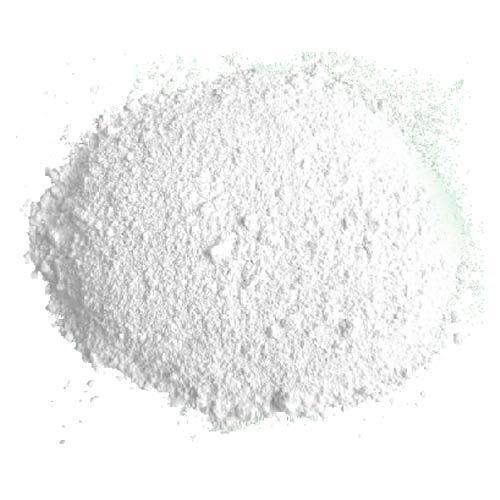Sodium Silicate is the common name for compounds with the formula (Na2SiO2)nO. A well-known member of this series is Sodium Metasilicate.
Sodium Metasilicate provides both silica and alkalinity in a molar ratio of 1:1 between silica and sodium oxide which is highly alkaline & white powder.
It does not occurs naturally but rather it is synthesized by melting Silica sand & Sodium carbonate @ 1400 °C.
The commercially available forms of sodium Metasilicate are the anhydrous form (Na2SiO3), the pentahydrate (Na2SiO3.5H2O)
Anhydrous Sodium Metasilicate:
- It is a white, free-flowing granular powder which is highly alkaline ,non-toxic, tasteless and environment-safe.
- It has the capabilities of removing scale, emulsifying, dispersing, wetting, penetrating, and also has the capability of buffering pH value.
Sodium Metasilicate Pentahydrate:
- It is a white, Crystalline powder with water of crystallisation.
- It has a high dissolution rates even in cold water with negligible insoluble residue in the solution.
- It has high absorption rates ,stability against High temperatures, lower bulk density , better surfactant properties, stable at higher humidities than Anhydrous sodium metasilicate
Manufacturing Process:
- Sodium metasilicate is made by adding caustic soda to liquid sodium silicate to obtain an equal molar ratio of sodium oxide (Na2O) to silicon dioxide (SiO2).
- The resulting metasilicate liquor is then,
- Passed through a Spray dryer to remove water and yield the Anhydrous Sodium Metasilicate product.
- Cooled to crystallize the Sodium metasilicate pentahydrate product by adding Sodium hydroxide solution.
Applications:
- Alkalinity provider in soaps
- Buffering action or Builder action in Detergents
- Deflocculation & Supension for emulsification
- Newsprint deinking
- Cosmetics
- Automotive Uses
- Food preservation

